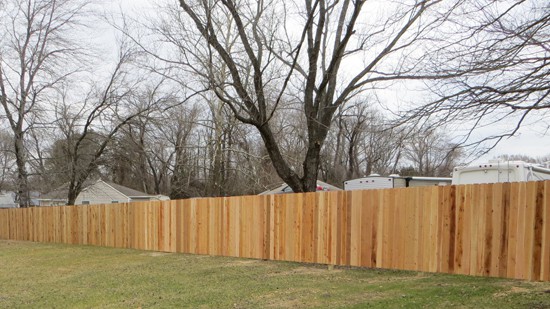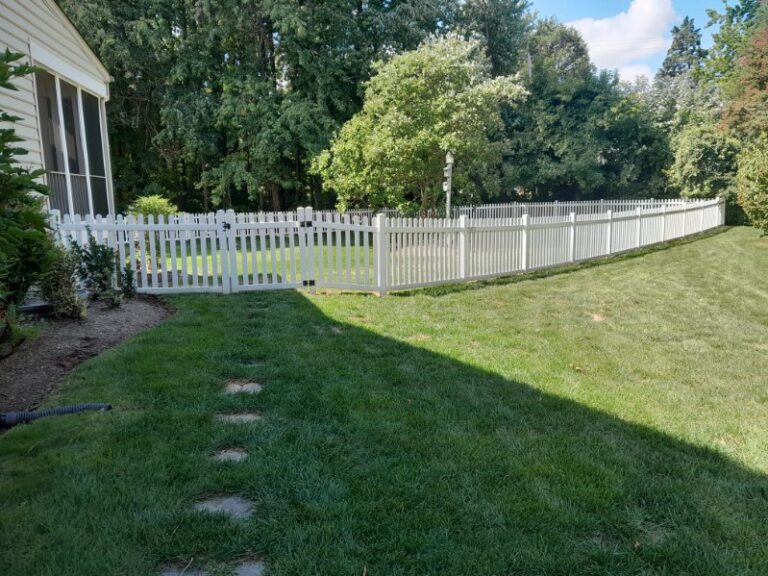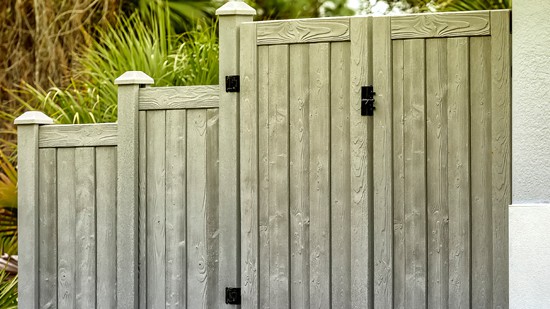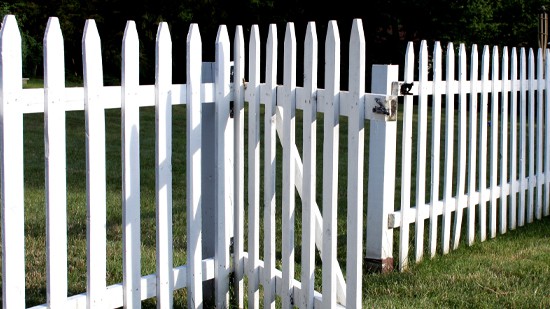An overhanging tree limb isn’t just an eyesore – it’s a hazard. If your neighbor’s tree is hanging well over your fence, you have a right to take action. This guide explains what to do about a neighbor’s tree so you can protect your property.
Rules Regarding Trimming Trees from a Neighbor’s Property
In most areas of the U.S., homeowners can trim any portion of a tree that hangs past their property line. If the trunk of the tree is on your neighbor’s property but the branches hang over yours, you can cut the branches up to the property line.
These regulations vary by state and by county. Verify the laws in your local area. If trimming on your side may pose a safety concern, proceed with caution or try to coordinate efforts with your neighbor.
Give Your Neighbor a Courtesy Notification
Before you start trimming the tree, give your neighbor a heads up. It’s possible that they want part of the tree trimmed as well, so you may be able to split costs or avoid the work altogether.
If your neighbor has a negative reaction, you can still trim the branches within the confines of local laws. They will not be able to stop you, and if they try, you can pursue legal action.
Why You Should Trim Overhanging Branches on Your Fence Line
Is it actually necessary to trim overhanging tree branches? In most cases, absolutely. Heavy or weakened tree branches pose a threat to your fence, shed, or anything that may lie below. This is especially true in the winter months when the leaves weigh down with ice and moisture.
Another factor to keep in mind is the leaves and debris that come from the overhanging branches. This creates more cleanup in your yard and may trap moisture near the fence line. It also creates a pathway for unwanted critters to get to your property, and it may attract pests. Taking care of the branches minimizes these issues.
Keep in mind that you will lose shade by trimming the branches back. If the branches are high, sturdy and out of the way, it may be best to leave them in place. The benefits listed here apply to nuisance or hazardous branches, not all branches.
What to Do If Your Neighbor’s Tree Damages Your Fence
In theory, the cost of fence repair should be split between you and your neighbor. If the fence is completely on your property and not on the actual property line, you may be responsible for the cost. You could ask the neighbor to cover some of the expenses, but this is an insurance matter more than anything else.
When it comes time to repair the fence, weigh the pros and cons of replacement. Is the rest of the fence going to last for years, or is it about time to get a new one anyway? All Around Fence would be happy to provide a fence replacement estimate for you. Contact us at (443) 838-9374 to schedule an appointment.





